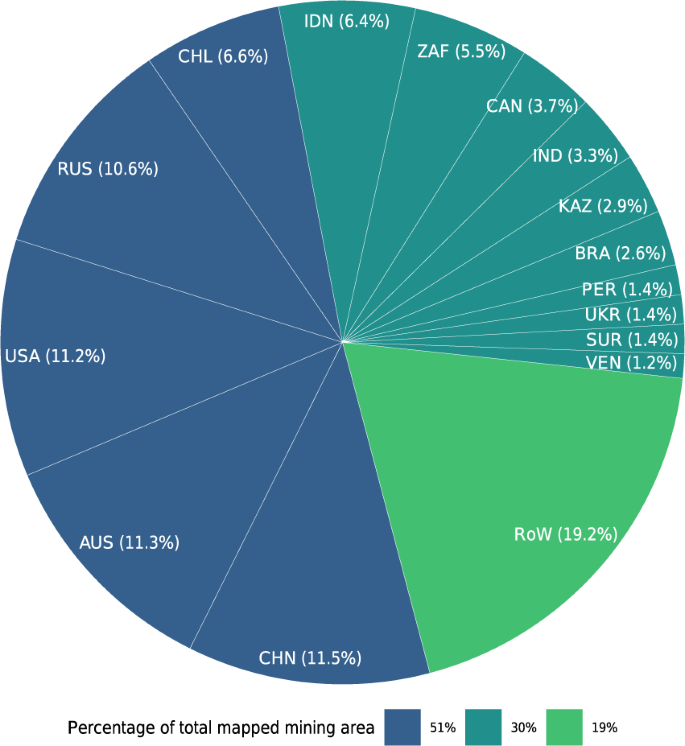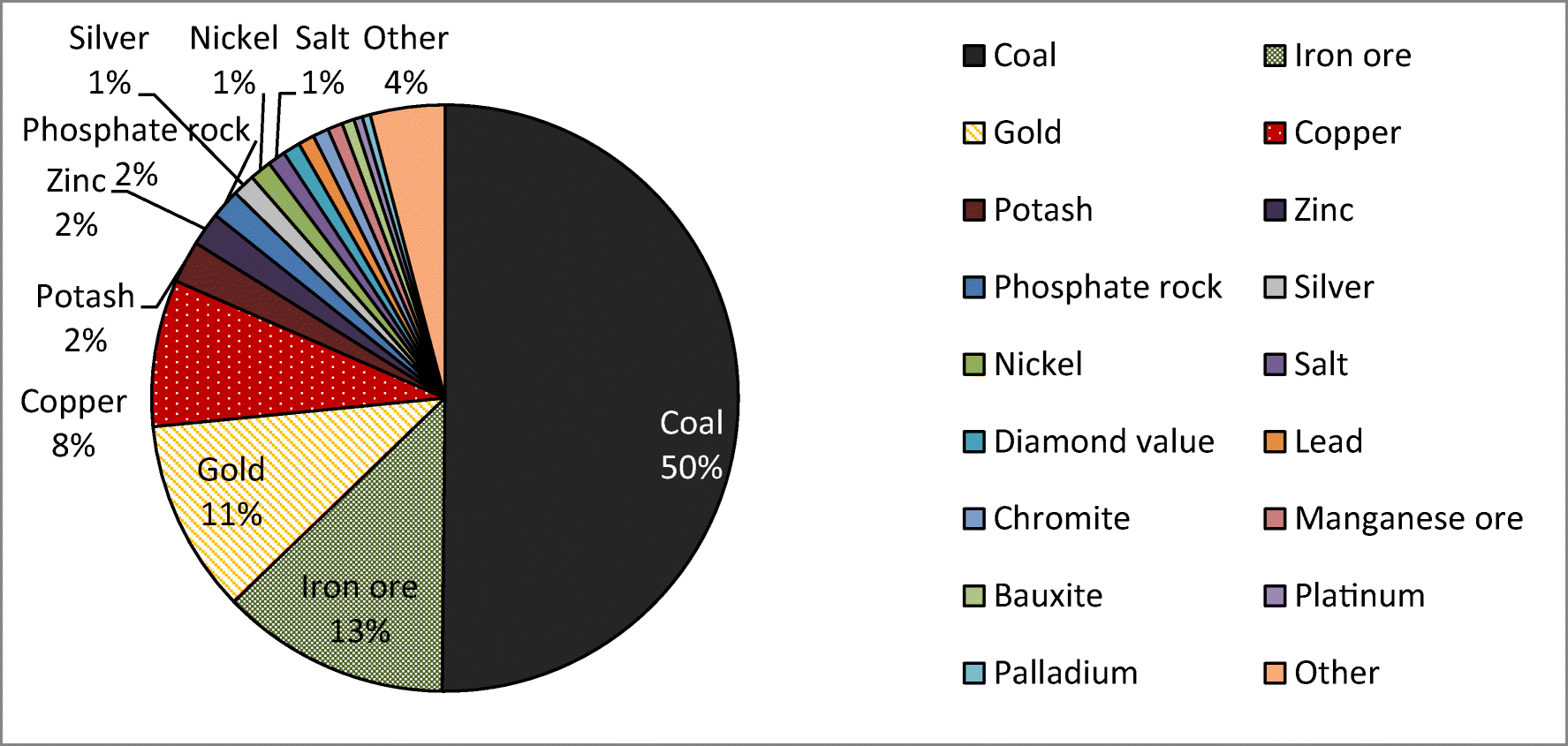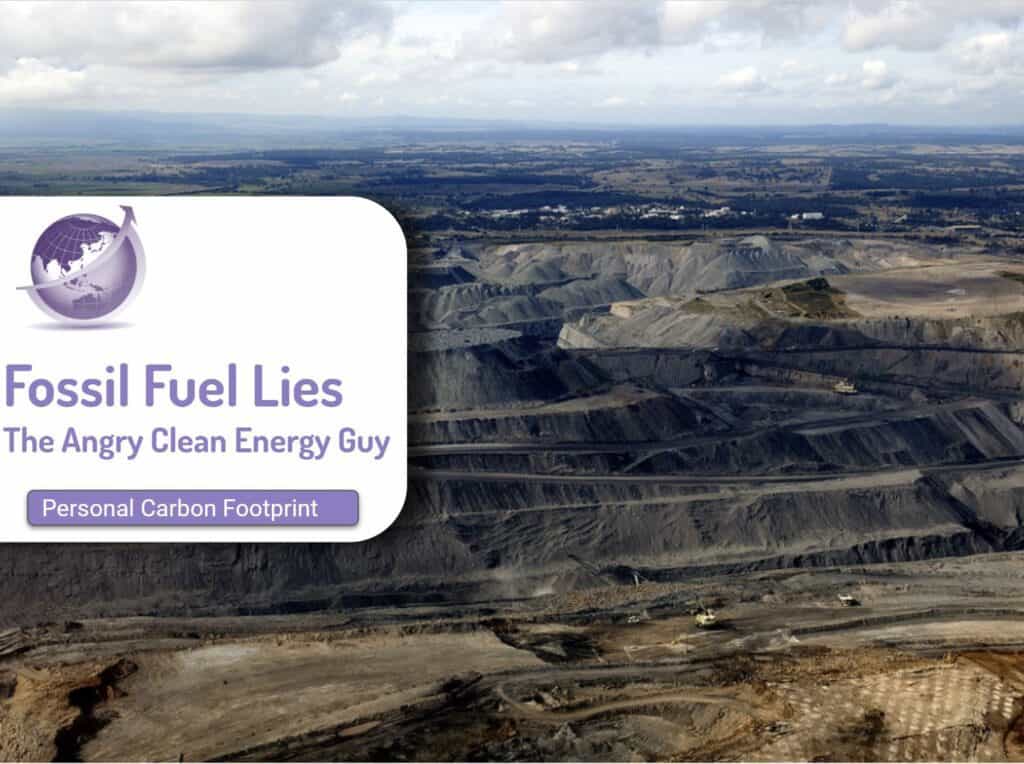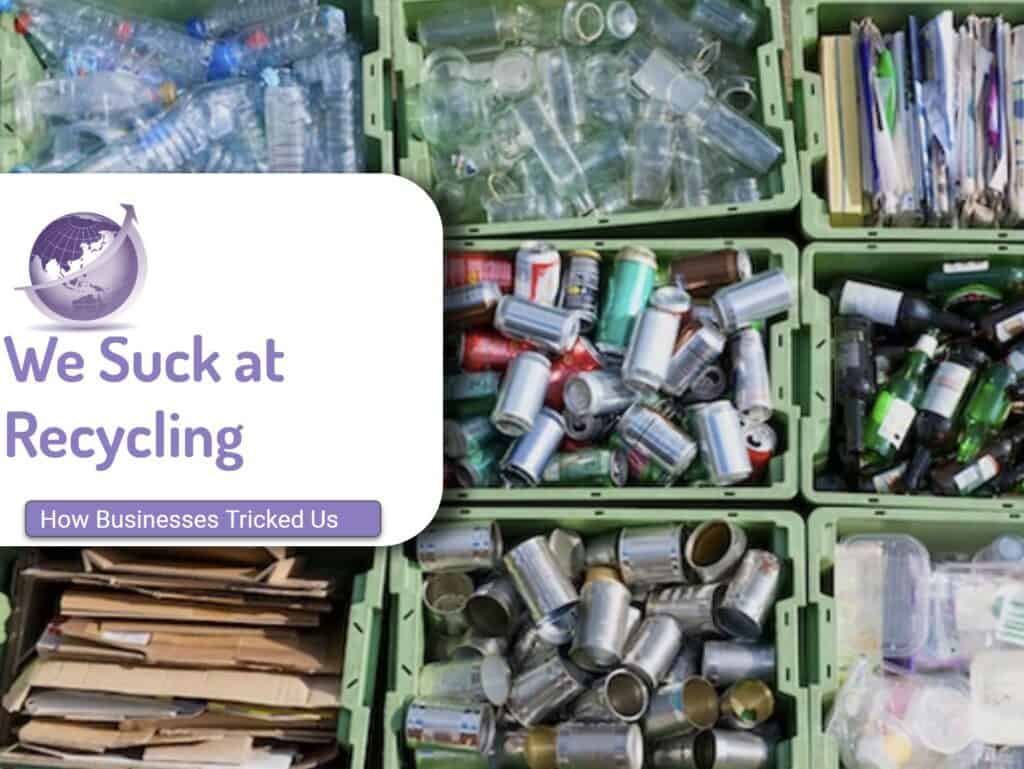When we talk about coal mine replacement and loss of jobs some say that that other minerals will take their place. There are over 35,000 mines of all types globally, But the coal mining industry has over 24,949 companies involved, and market size is over $791 billion. With over 7 million workers just in mining,
Mining Sector Value Breakdown
PWC have reports including “Mine 2021: Great expectations, seizing tomorrow” and was is clear from Fig 5 is that Coal production is about 17% of global mine revenue. Copper has remained consistent, as has Gold,l Aluminium and iron ore. The challenge from renewable energy and removal of the thermal energy coal (by renewable energy) and removal of coking coal in green steel, that the increase in battery minerals such as lithium, zinc, copper, graphite or PGE minerals won’t make up the shortfall. Previous reports show some of the changes in the industry.
Lithium demand is likely to grow 30 times by 2030. Zinc, copper, nickel will increase but only small amounts are used in batteries. Rare earth elements will increase due to increased motors in EVs

How Many Mines for Coal Mine Replacement
The global pipeline of proposed coal power plants has collapsed by 76% since the Paris Agreement in 2015, bringing the end of new coal power construction into sight. For a full breakdown of new mines check out E3G No New Coal by 2021. However 5 countries have new coal mines in production or have announced them.
Biggest Miners in World

Mining Area by Country
The paper of by Maus 2020 in Nature of global mapped areas show China, Australia, USA and Russia have half of the worlds mining areas.

Top 20 Mining Companies

Top Mining Companies by Revenue
Data from Statista Some of these have reduced their exposure to coal.

Number of Coal Mines By Region
The number of mines is provided by Global Energy Tracker. Many more mines get announced than built. Currently there are about 690 mines, but there are nearly 400 proposed projects, with 139 of those under construction (Source Global Energy Tracker Google Sheet)
| Region | Operating | Care and Maintanence | Proposed Projects (Total) | Proposed Projects Announced | Proposed Projects Exploration | Proposed Projects Permitted | Proposed Projects Under Construction | Proposed New Mine Projects | Proposed Expansion Projects |
| Africa & Middle East | 34 | 1 | 41 | 6 | 24 | 5 | 7 | 31 | 10 |
| Australia & NZ | 61 | 2 | 49 | 8 | 22 | 15 | 5 | 27 | 22 |
| East Asia | 306 | 0 | 130 | 3 | 3 | 25 | 101 | 111 | 19 |
| Eurasia | 67 | 0 | 64 | 29 | 17 | 9 | 13 | 26 | 38 |
| Europe (EU-27) | 33 | 0 | 3 | 1 | 1 | 1 | 0 | 1 | 2 |
| Europe (non-EU) | 17 | 0 | 8 | 4 | 3 | 0 | 1 | 5 | 3 |
| Latin America | 5 | 1 | 5 | 1 | 2 | 1 | 1 | 5 | 0 |
| US & Canada | 59 | 0 | 24 | 6 | 12 | 4 | 2 | 18 | 6 |
| South Asia | 62 | 0 | 57 | 7 | 36 | 10 | 4 | 39 | 18 |
| South East Asia | 46 | 0 | 15 | 1 | 9 | 0 | 5 | 11 | 4 |
| Total | 690 | 4 | 396 | 66 | 129 | 70 | 139 | 274 | 122 |
Coal Mine Replacement or New Production
Based on the data above, one can see that the big 4 are planning a 50% increase over what we have.

Mining Contribution
A study by Erricsson on mining covered all non-fuel minerals and coal for short in the text called metals and minerals. Oil and gas are excluded, and the conclusion is that coal still contributes to economies globally, and especially in Africa.

IEA Projections
The IEA projection is that the revenue in 2020 would half by 2040. and energy transition materials increase by 10 times. The change may be more rapid as the costs of technology, new mining and extraction processes and customer demand drives adoption even faster than this.










